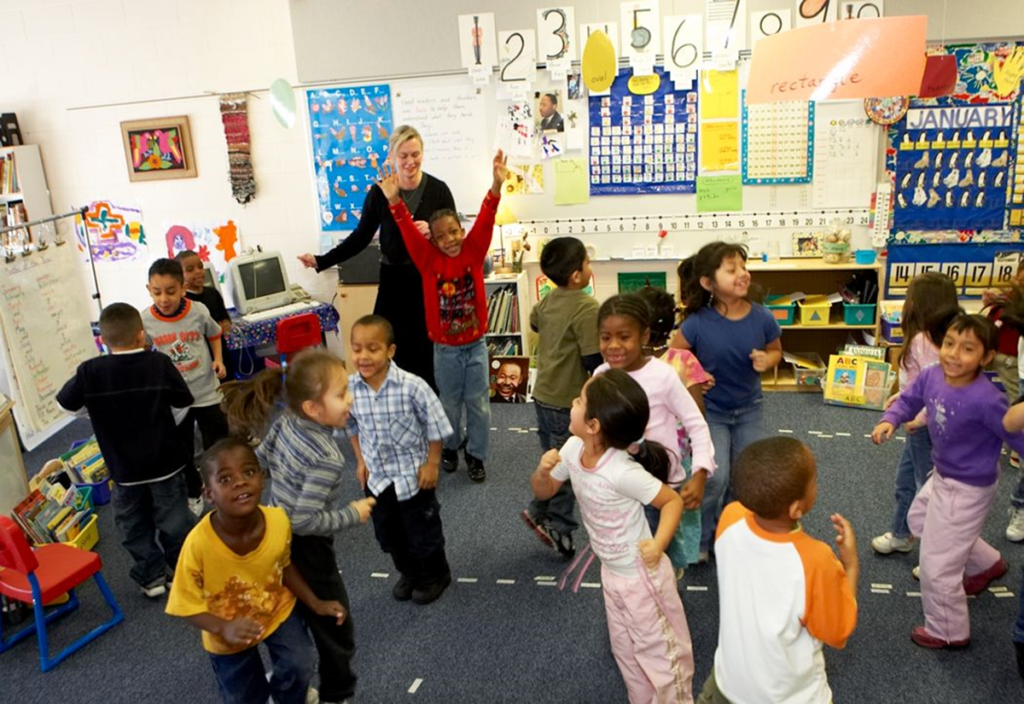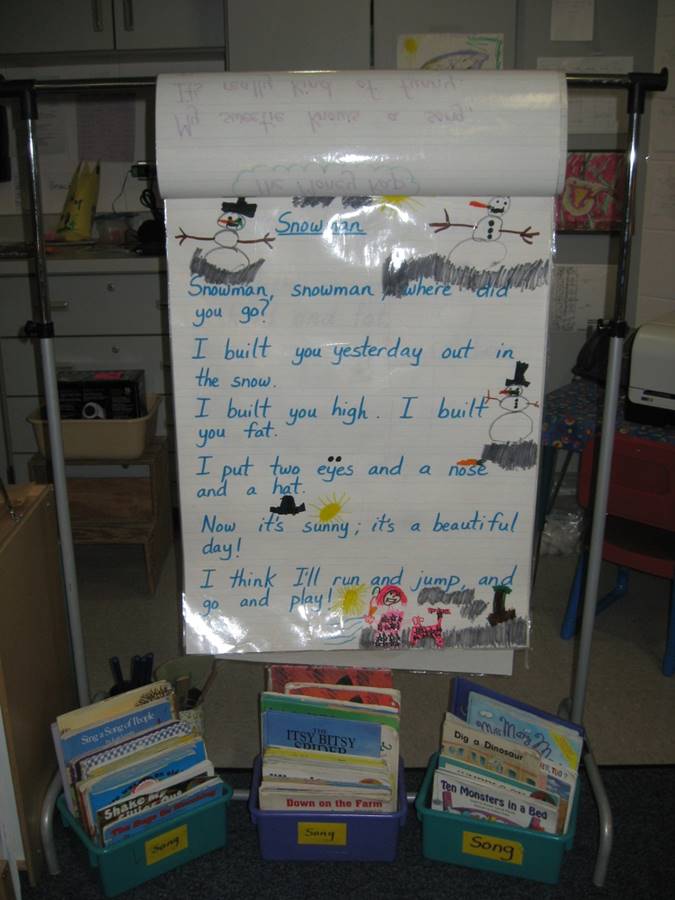Wow…we’ve waited so long for Colorado legislators to recognize the importance of our most precious young learners. It’s about time additional hours, money, and resources are targeted for this grade, providing a solid, holistic foundation for children’s future success in school.
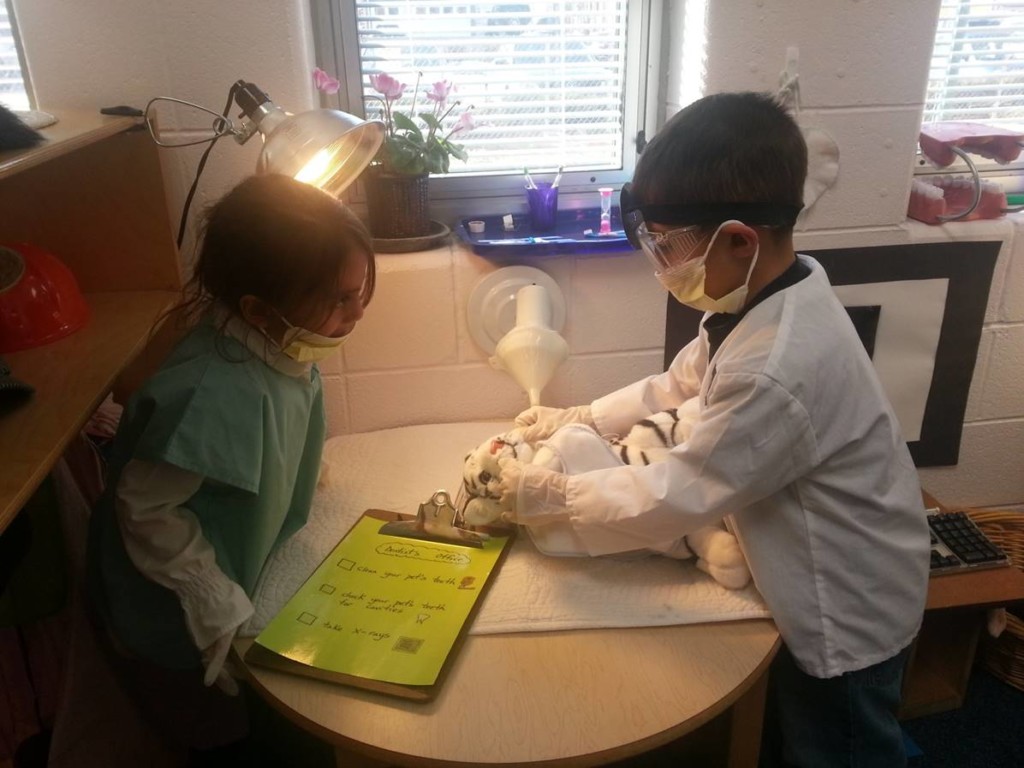
Over the years, academic demands have increased continually in half day kindergarten programs. It’s no wonder that some teachers have lost sight of the big picture. Important structures such as song, movement, and play went by the wayside in order to accomplish rising academic expectations. Fewer teachers took time to maintain play areas or use them well. Minimal reflections were given to song and movement, therefore administrators saw little value in them and directed they be eliminated.
These instrumental pieces are foundational structures that frame kindergarten and need to be brought back into the classroom with intentionality and purpose to support learning and the social, emotional, and creative life in the developing child. We need to provide a peaceful balance of cognitive work and play, to honor the innocence of this age.
Since so much emphasis has been placed on advancing expectations in half day schedules, I’m fearful what kindergarten teachers may do with extra time in a full program. I believe it’s not about cramming more cognitive work into the day, but providing time for teachers to slow down, focus on depth, and synthesize instruction—to provide opportunities for children to integrate learning through play. Learning is meaningful, and lasts, when applied in various contexts such as blocks, dramatic play, science, literacy, math, art, music, etc.
Time needs to be devoted to talk—the root of literacy—so children can express and process their ideas, by bringing their queries into light. Insight into a child’s thinking and interests are revealed and ownership of learning deepens when voices are honored (See Choice Reading/Talk on the Oval).
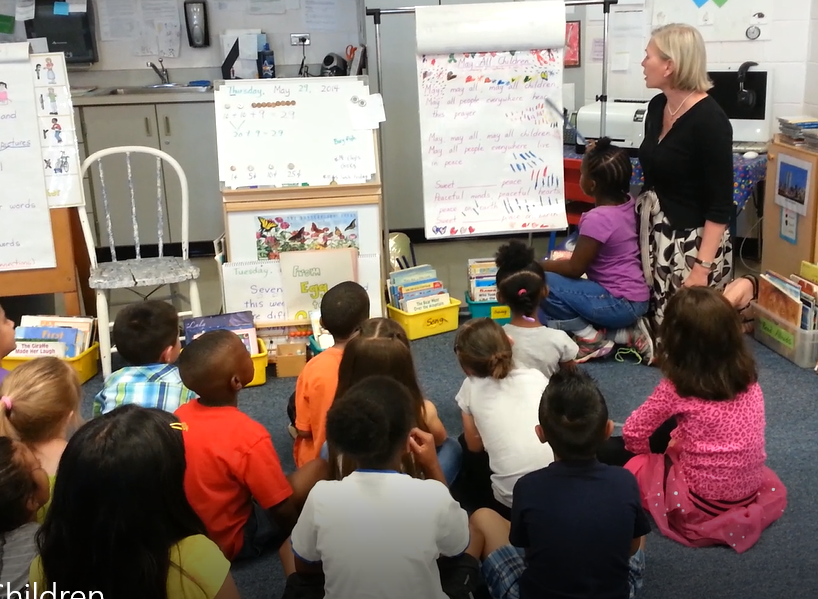
Music and movement need to be intentionally and purposefully integrated into the day to ease transitions, enhance oral language, reinforce concepts of print, strengthen community etc.) throughout the day to support learning (See Blog Why Sing? Why Music?; Why Dance?).
If ever there was a time when play and creativity are essential, it is now. Children need a creative way to release their energy so they can accommodate more information. The whole point of kindergarten, after all, is to capitalize on a child’s natural inclination to talk, move, and sing—to use play to bring forth new learning.
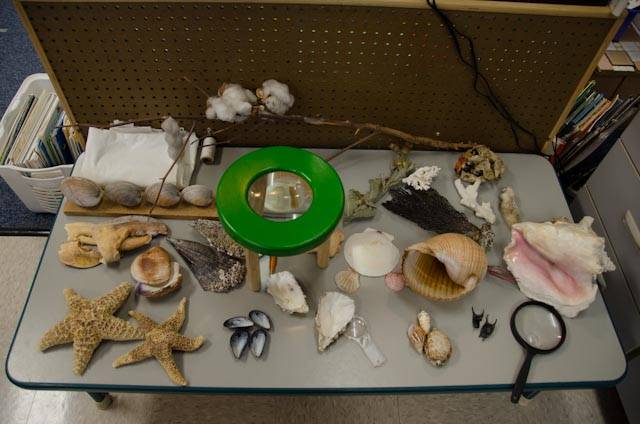
In a broader sense, play encompasses all sorts of sensory-based environments where children can explore and interact, both with others and with a variety of materials. In these environments, children are most themselves. Play is their natural language and thus the best way to see their learning process. As they play—as they touch, talk, observe, listen, explore—children naturally question, discover, and feel. This is the context we need to create in our classrooms for children to thrive.
